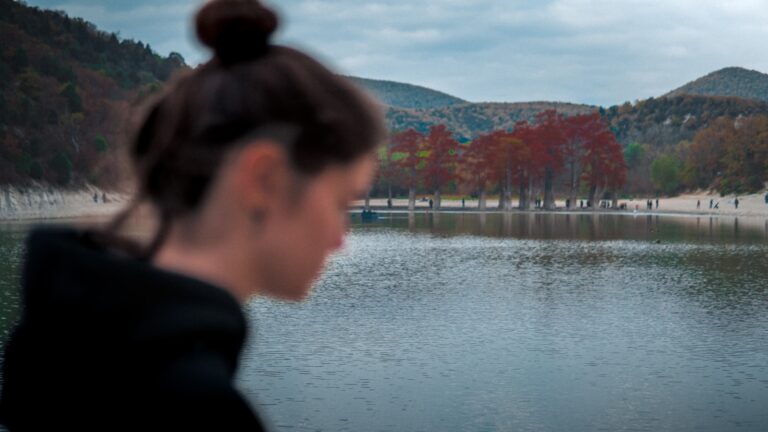Piazza Navona, located in the heart of Rome, is a very famous landmark.
Tourists flock here like moths to a flame because, in recent years, at dusk, many people have raised their sticks to “xeo phi” with their phones’ flashlights. Like many other places in Rome, this area is also filled with mansions and has some large churches, along with fountains, monuments, and a plethora of unique pizza shops.

Pizza literally means square. But at Piazza Navona, you can only find long, horseshoe-shaped pizzas.Quite strange and also quite expensive!
Just a few meters below the modern Piazza Navona are the remnants of the ancient Domitian Stadium.Since ancient times, it could hold 20,000 people at once.
This arena was built to honor Emperor Domitian, who reigned over Rome from 81 to 96 AD.Unlike the Roman Colosseum, built specifically for gladiators, and the Circus Maximus, designed for chariot races, the Domitian Stadium was primarily used for regular athletic competitions.
Since 2014, a small part of the Domitian Stadium has been opened to the public; by 2019, another part was also opened.That’s why we were allowed to come down here.The amphitheater has also been recognized by UNESCO as a World Heritage Site.
A day when we had to go underground twice, so we were exhausted, not to mention the time-consuming travel, back then, in a city that was too crowded, unlike the deserted times of Covid-19.I heard that it hasn’t gotten crowded again yet.
So, returning to the place of residence, I scheduled the guide for the next morning to continue.
There are at least two more underground sites in Rome that must be explored.




